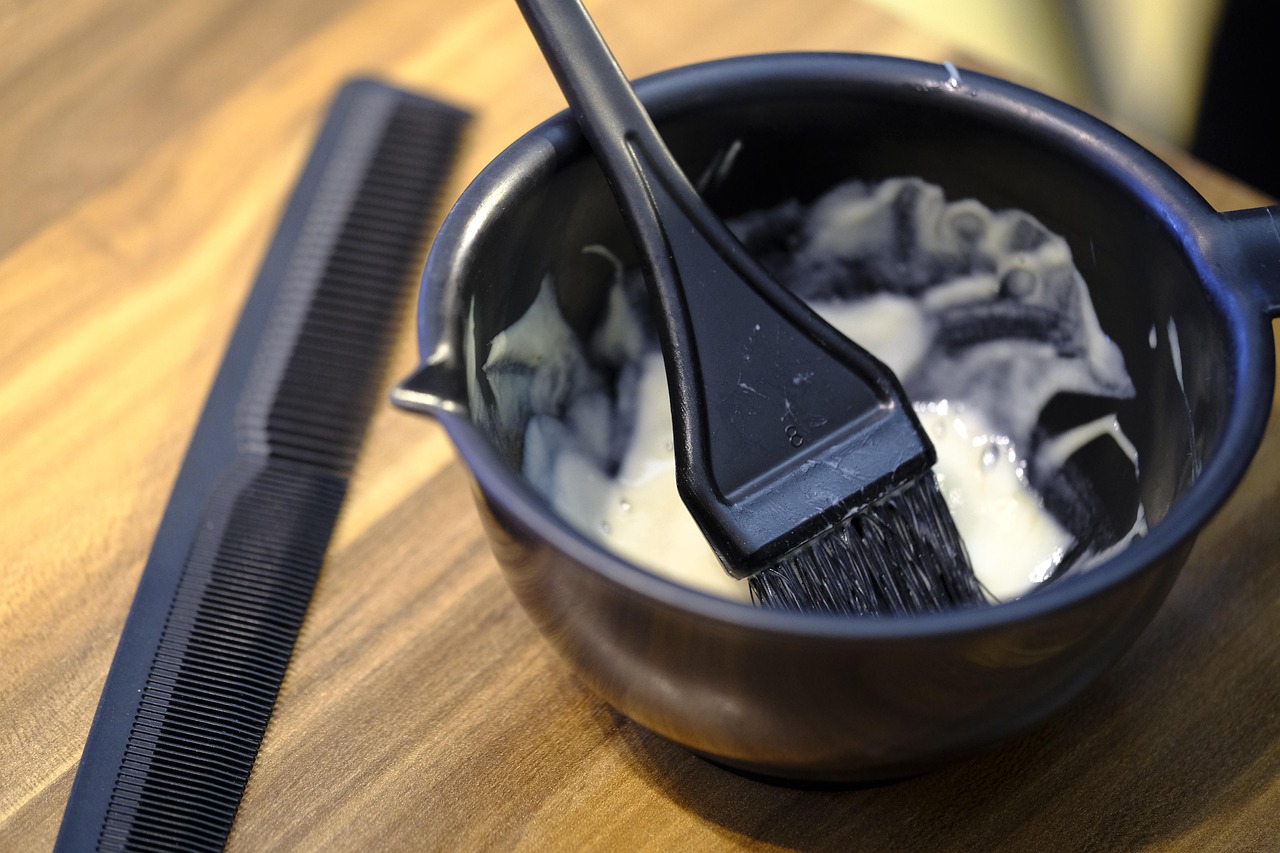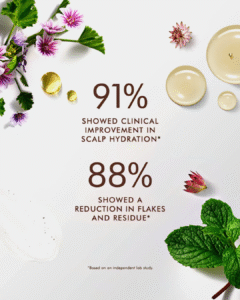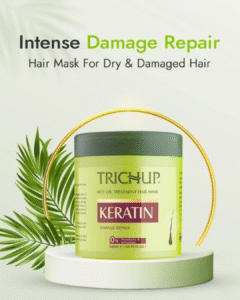- Know Your Skin Tone
Cool undertones: Skin has pink, red, or bluish hues.
Best colors: Ash brown, cool black, platinum blonde, burgundy.
Warm undertones: Skin has yellow, golden, or peach hues.
Best colors: Golden blonde, caramel, honey brown, auburn.
Neutral undertones: A mix of cool and warm.
Most colors work well, especially natural shades.
- Eye Color
Blue or green eyes: Often look great with cooler tones (like ash blonde or cool brown).
Hazel or brown eyes: Warmer tones (like golden brown or chestnut) can enhance your eye color.
- Natural Hair Color
Staying within 2–3 shades of your natural color usually gives the most natural and flattering results. - Personality & Lifestyle
Bold colors like red, silver, or vivid fashion shades suit creative or expressive personalities.
Natural tones are more suitable for professional or low-maintenance lifestyles.
- Maintenance Level
Lighter colors (especially blonde) and vivid dyes often require more upkeep.
Darker, closer-to-natural shades are easier to maintain.
✅ Advantages of Natural Hair Color
Chemical-Free:
Usually free from harsh chemicals like ammonia, parabens, and sulfates—safer for scalp and hair health.
Gentle on Hair:
Less damaging than synthetic dyes; helps maintain moisture and shine.
Environmentally Friendly:
Plant-based dyes (like henna or indigo) are biodegradable and eco-conscious.
Good for Sensitive Skin:
Suitable for people with allergies or sensitive scalps.
Gradual Fading:
Fades more naturally without harsh regrowth lines.
Scalp & Hair Benefits:
Some ingredients like henna or amla may also nourish hair, reduce dandruff, and promote growth.
Advantages & Disadvantages for Natural Hair Color
❌ Disadvantages of Natural Hair Color
Limited Color Range:
Cannot lighten hair; mostly offers red, brown, or black tones depending on the herbs used.
Time-Consuming:
Often requires more prep time, longer application, and more waiting compared to chemical dyes.
Temporary or Semi-Permanent:
Fades faster, so requires more frequent touch-ups.
Color Inconsistency:
Results may vary based on hair type, existing color, and quality of ingredients.
Texture & Smell:
Some natural dyes can be messy to apply and have an earthy odor.




